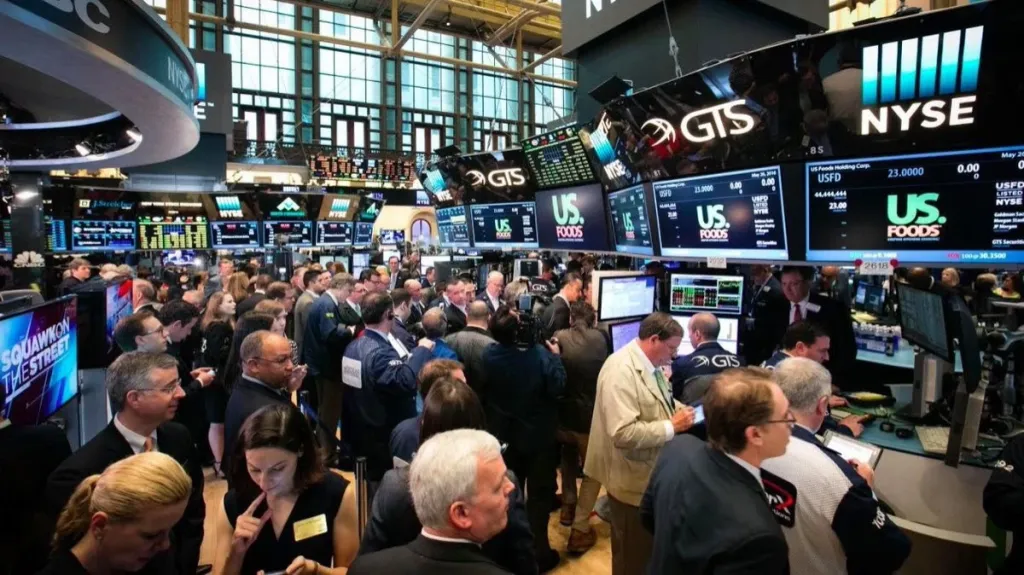The AI bubble won't burst anytime soon, says a Wall Street strategist. What could be the signal?
Strong demand in the debt market says investors are still willing to invest in tech giants

Investors continue to actively buy bonds of technology companies, despite talk of a burgeoning AI bubble. High demand for Meta and Alphabet bonds indicates calmness in the corporate debt market, according to analyst firm Reynolds Strategy. It compared the situation to 1996, when the Fed warned of overheating, but the dot-com bubble grew for three more years. According to analysts, the risks will become noticeable only when the share of technology companies in the debt market exceeds 10%. Now it is 6%.
Details
The AI bubble may continue to inflate for several more years - this is indicated by the low level of anxiety in the corporate debt market, says Brian Reynolds, a strategist at the analytical company Reynolds Strategy. He notes that the recent bond issues of the largest technology companies - Meta and Alphabet - indicate a high interest of investors in debt instruments related to artificial intelligence, writes MarketWatch.
Meta conducted a record bond issue for $30 billion, the fifth largest among investment grade corporate securities. Demand turned out to be enormous - investors submitted bids for about $125 bln, which was 4.2 times the volume of supply. Alphabet followed with a $17.5 billion issue that was oversubscribed by more than five times.
As Reynolds points out, such high demand would not be possible if there were indeed serious risks in the market. The small difference in yields compared to U.S. Treasury securities - only 109 basis points for 50-year bonds Alphabet - speaks to the calmness of investors. At Meta, the yield on 40-year bonds exceeded the yield on Treasury securities by 110 basis points.
Reynolds Strategy analysts draw a parallel between the current situation on the debt market and 1996. Back then, the spreads between the yields of technology bonds and U.S. government bonds were also small - less than 50 basis points. At that time, Fed chief Alan Greenspan warned of overheating markets, but the dot-com bubble continued to grow for three more years. Reynolds believes that the marker could be the expansion of the average spread to 150 points, which is the level it was at when the dot-com bubble burst. That figure is now 85.
There's another indicator. The technology sector now holds about a 30% weighting in the S&P 500 index, but only about 6% in the investment grade corporate bond index, making its share of the debt market relatively small. According to the strategist, there will be cause for concern if this figure exceeds 10%.
Context
A record share of global fund managers believe AI stocks are overvalued and on the verge of a bubble, according to a recent Bank of America survey, Bloomberg reports . In October, 54% of respondents said tech stocks look too expensive. BofA strategist Michael Hartnett said AI concerns are one of the factors holding back a shift to a "fully bullish" investor sentiment.
Despite growing fears of overheating, managers remain relatively optimistic, with the share of investments in U.S. stocks rising to an eight-month high and recession fears falling to their lowest level since early 2022.
This article was AI-translated and verified by a human editor
